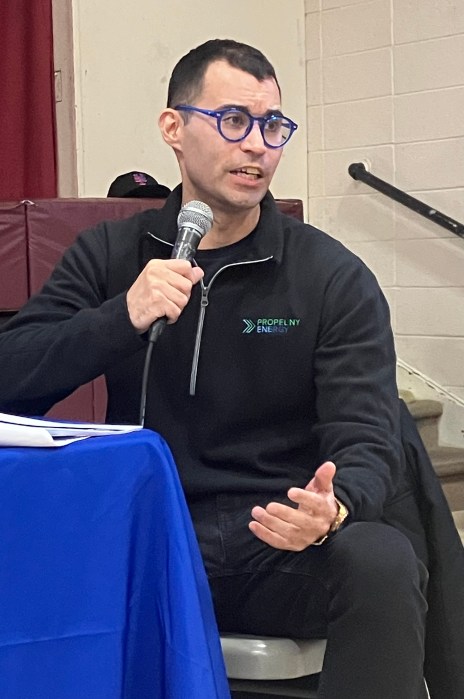HELPING STUDENTS PAY FOR COLLEGE
With student debt increasingly becoming a long-term burden on graduates and families, it’s never been more important to minimize the out-of-pocket expenses to put a student through college – and reduce reliance on student loans.
The Federal Reserve Bank of New York stated that in 1995, 54 percent of graduates had loans averaging $11,491. It’s more recent data in 2015 showed 71 percent of graduates joined the workforce with student debt averaging slightly more than $35,000. What’s more, The Fed estimates 25 percent of those who owe federal student loans are delinquent or in default.
The good news is that anyone willing to put in the time can likely find programs that help foot the bill – helping to reduce the need to take out loans, so a student’s education won’t break the budget or jeopardize a financial future. According to Peter Gayle, a vice president for Prudential Advisors, families can take a few initial steps before choosing a school:
* Learn how the financial aid process works and get the most out of options that don’t need to be repaid.
* Understand each school’s actual net price – after financial aid – and set realistic expectations, choosing from the most affordable institutions.
* Explore types of financial aid, including grants, work study programs and scholarships; examine the specific types of aid available per school and find out how much of a family’s demonstrated financial need each school will cover.
* Understand the kinds of loans available, including a variety of federal loans and private loans, which may be used to fill any financing gaps after exhausting other options.
* Understand how parents’ “available income” is used to calculate how much parents are expected to contribute to their child’s education, especially for federal financial aid purposes.
Several guides, including Prudential Financial’s prudential.com/payingforcollege, can help families take a carefully considered approach to financing a college education while safeguarding a student’s long-term financial future, including the ability to save for retirement. – BPT
HOW TO INSPIRE YOUR TEENS TO FIND THEIR MAJOR
The high school years can feel overwhelming for students and parents alike. Teens grapple with questions like: Which colleges should I apply to? What do I really want to do with my life?
Parents naturally want to give advice and steer them in the right direction, but it’s a tricky balance. It’s their life, after all. So how can parents help?
Encourage them to explore different interests. Research extracurricular programs so they can see the breadth of what’s out there. Expose them to a range of possibilities.
Most high schools offer a variety of extracurricular opportunities, from sports and theater to robotics and debate. Language clubs provide a chance to practice conversational skills in a relaxed environment while joining in cooking and other cultural activities.
If options are limited at school, branch out. Get teens involved in the community, meet new people, and bond with others who share similar interests. They’ll see what’s out there in the bigger world while demonstrating to colleges and employers that they’re engaged beyond the classroom. Volunteering can be customized to one’s own interests, whether it means walking dogs at an animal shelter or building a website for an environmental group.
Adventurous students can take it one step further by participating inservice programs abroad. Study abroad transforms the way a teen looks at fields of study – and life. As many students, parents and guidance counselors have discovered, this is an opportune time to develop valuable lifelong skills, learn a new language and discover career interests in a way that is not possible in an everyday classroom environment.
The Council on International Educational Exchange (CIEE), a nonprofit that operates high school study abroad programs in more than 30 global destinations, is a good place to start. Transported to a world far different from their own, teens find themselves fully immersed in a new topic and a foreign culture. Programs range from three weeks in the summer to a full semester or academic year.
Planning ahead is key. Involve a teacher or counselor in the discussion to ensure a smooth transition. It also allows more time to plan finances and research scholarships. Don’t delay: Organizations like CIEE offer scholarships based on merit and financial considerations, but be sure to check the application deadlines.
To learn more about CIEE’s Global Navigator High School Study Abroad program and available scholarships, visit ciee.org/globalnavigators. – BPT































